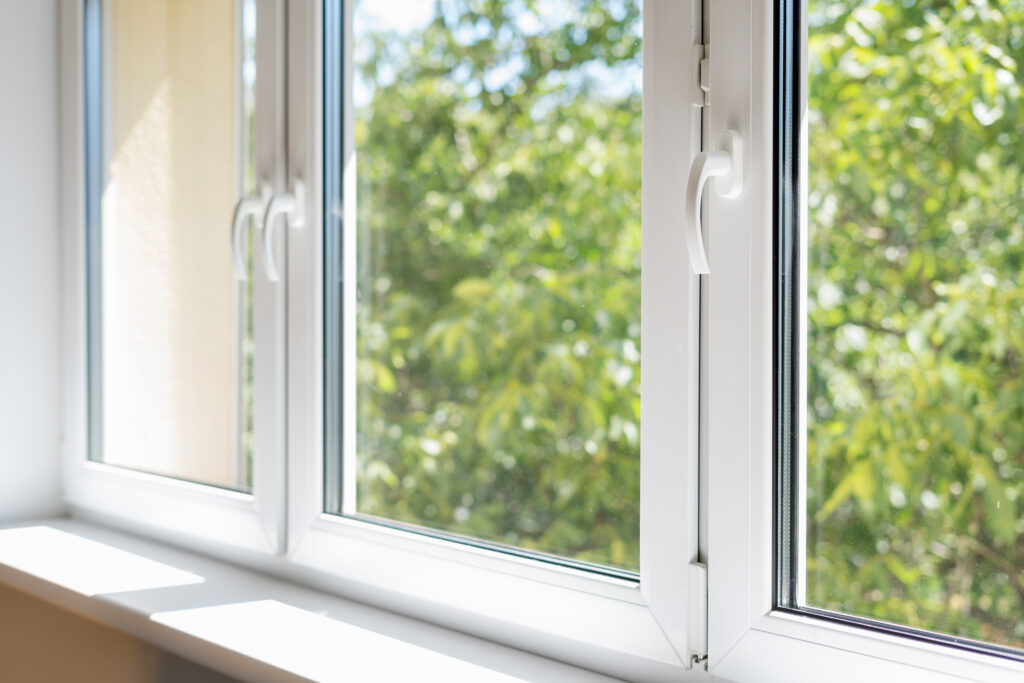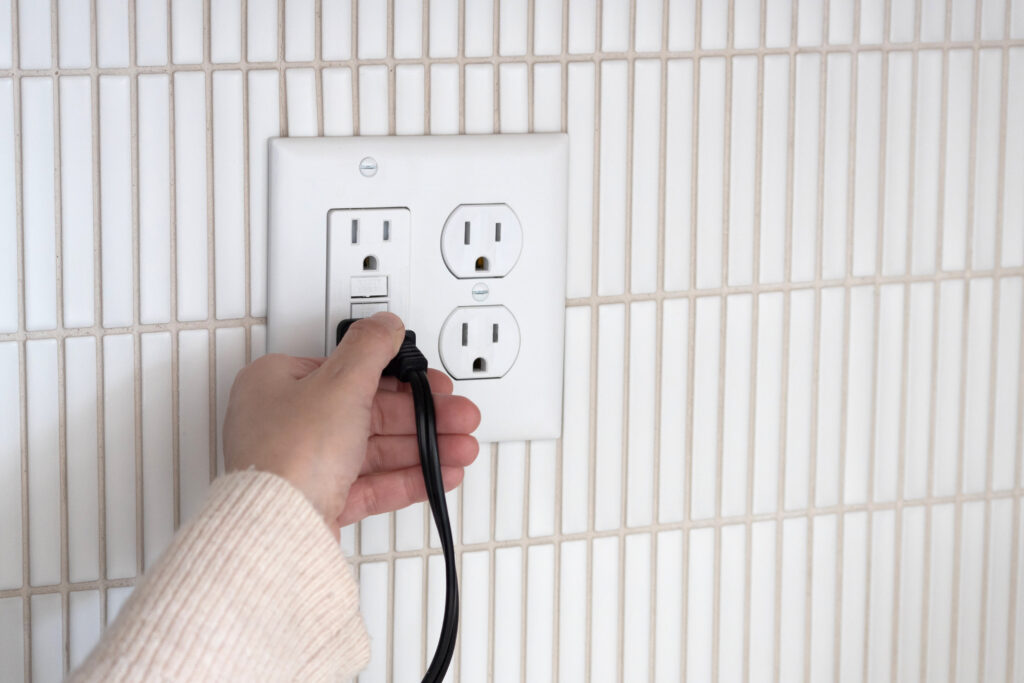How to Stop Drafty Windows: A Homeowner’s Guide to Comfort and Savings
You know that feeling when you’re curled up on the couch, coffee in hand, and then—ugh. A sudden chill creeps in from the corner of the room like an unwelcome guest. Yep, that’s a drafty window. It’s annoying, energy-wasting, and honestly, kinda unnecessary. But here’s the good news: stopping drafty windows doesn’t have to be a major renovation. And, yeah, when you understand the role windows play in your home’s overall climate (and utility bill), you start to see why this matters more than you might think. So let’s get into it before this coffee gets cold.
Why Are My Windows Drafty Anyway?
Drafty windows usually happen when seals around the window frame start to degrade, shrink, or crack. Time, temperature swings, settling foundations, and even just daily use means windows can slowly become less air-tight without you even noticing. It’s kind of like when the zipper on your favorite hoodie starts to go and you think, eh, it still works… until it doesn’t. And then you’re cold. Windows work the same way—but with bigger consequences, like higher heating and cooling bills. Drafts disrupt your home’s HVAC system, forcing it to work overtime to maintain the temperature. Fun for no one—except maybe your utility company.
How Do Windows Actually Work to Insulate?
Most newer windows are double-pane or even triple-pane glass, built with insulating gas sealed between the panes. Think of it like a sandwich, but instead of peanut butter, it’s argon gas doing the heavy lifting in the middle (hey, stay with me). These panes and gases work together to block the transfer of heat or cold, kind of conserving the same comfy indoor climate your HVAC system worked so hard to create. But once that seal goes bad—or if the window was never well-insulated to begin with—you’re suddenly inviting in outside air like it’s on the guest list.
Top Solutions to Stop Drafty Windows
Okay, so you know you’ve got a draft. What now? First thing’s first, find the draft. Run your hand around window edges on a breezy day or hold a candle up and see where the flame flickers. Once you’ve located the suspect, your options range from highly DIY to professional-level fixes. For a fast and cheap fix, weatherstripping or draft snakes work surprisingly well, especially on older windows or rentals. Caulking gaps around the window frame is another easy win—check both inside and outside the window. For a more permanent solution, you might need to consider replacing old windows entirely with modern, energy-efficient ones. Not cheap, but a total game-changer long-term.
When Is It Time to Replace Rather Than Repair?
This one depends on a few factors: age, condition, material, and how much money you’re spending annually just to patch them up. If your windows are over 20 years old, it’s probably time to talk replacements. Broken locking mechanisms, fog between panes (hello, failed seal), rotting wood, or constant condensation—these are red flags that basic fixes won’t cut it. Plus, homeowners with newer, energy-efficient windows often see a significant decrease in their utility bills and HVAC strain. So, while the cost upfront isn’t exactly snack money, the long-term payback totally justifies it. It’s one of those “ugh, grown-up decisions” that ends up feeling pretty satisfying.
Can Drafty Windows Affect My Home Warranty?
Yep, actually. If your HVAC system is running overtime because of air leaks, it can wear down faster than intended—and if your home warranty doesn’t cover damage due to poor maintenance or replaced systems operating in extreme conditions, you might be stuck footing the repair bill. Home warranty providers (hey, like Armadillo) expect homeowners to keep things reasonably maintained. That includes ensuring your windows aren’t making your heating and cooling systems do double the work. It’s one of those hidden connections that makes a whole lot of sense once somebody actually points it out.
DIY Fixes vs. Professional Help: What’s Worth It?
So you’re standing there with a tube of caulk in one hand and a vague sense of “I got this” in the other—but occasionally it’s better to call in a pro. Small gaps, obvious leaks, or old weatherstripping are quick DIYs. But glass replacement, whole-frame reinstallation, or identifying issues hidden behind the siding or drywall? Those need someone with tools and experience. Also, if you’re planning to sell anytime soon, professional window upgrades can actually add to resale value. A patch might get you through the winter, but a proper repair or upgrade will serve you for seasons to come. Know your limits… and maybe keep a caulk tutorial video on standby.
Bring in the Big Fix: Armadillo Has Your Back
If keeping your home cozy feels like a full-time job, it might be time to bring in home protection backup—like us, Armadillo. We’re not here to micromanage your windows (no, really), but we do make sure the essential stuff your home depends on—like heating, cooling, and electrical systems—are covered when things go sideways. Because drafty windows don’t just make you cold, they can jack up your utilities and stress your systems, turning tiny annoyances into big repairs. When you’ve got Armadillo in your corner, repairs don’t break the bank and you gain a little peace of mind. Sound good? Start exploring coverage options at our homepage or build your custom plan right now at our plan builder. Stay warm out there. We’ve got you.


























